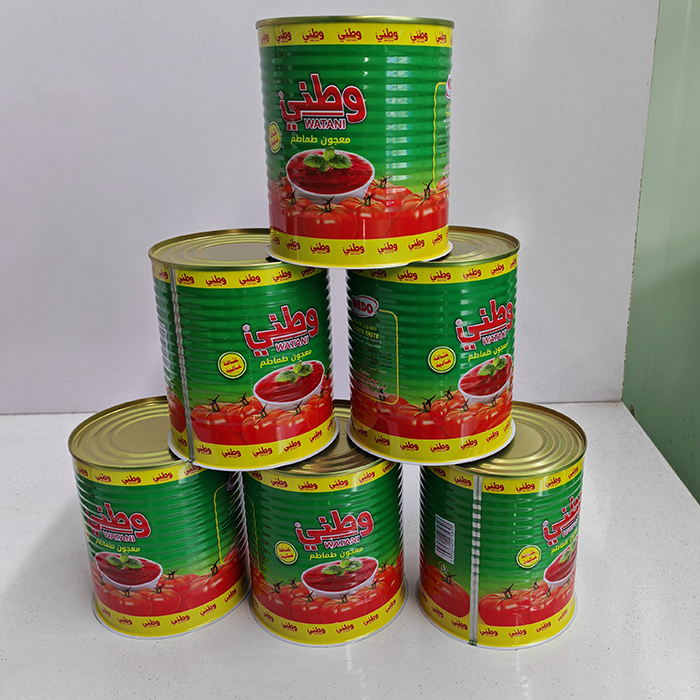
Food-tin
Basic Structure and Materials
Material: Made of double-sided electroplated tin on low-carbon steel sheet (substrate), the tin layer provides corrosion resistance, and the surface can be coated with food grade paint.
Structure: It usually consists of three parts: the can body, the can lid, and the can bottom, which are formed by welding or stamping.
Core Features
· Safety: Tin layer is non-toxic and meets food contact standards (such as FDA, EU 10/2011).
· Barrier properties: completely isolate light, oxygen, and moisture, extending the shelf life of food.
· Mechanical strength: resistant to pressure and impact, suitable for long-distance transportation and stacking.
· Temperature resistance: Can withstand high temperature sterilization (such as canned food sterilization at 121 ℃) and low temperature storage.
· Environmental friendliness: 100% recyclable, with lower energy consumption for recycling compared to aluminum and plastic.
Common applications
Food category:
· Canned fruits, meats, seafood, vegetables
· Dried foods such as milk powder, coffee, tea, etc
· Edible oil, seasonings (such as tomato sauce)
Surface treatment technology
· Internal coating: epoxy resin, phenolic coating, etc., to prevent food from reacting with metals (such as acidic foods).
· Exterior coating: Color printing, matte/glossy oil to enhance aesthetics and brand recognition.
Production process flow
· Cutting: Cut the tinplate coil into the required size.
· Forming: The can body is made by stamping or welding, and the can lid/bottom is sealed by rolling.
· Coating: Inner wall spraying, outer wall printing (requiring high-temperature curing).
· Testing: Sealing test, coating integrity inspection.
Purchase precautions
· Coating adaptability: Acid resistant coatings are required for acidic foods, and sulfur resistant coatings are required for high protein foods.
· Sealing: Check if the rolled edge structure (double rolled edge) is complete.
· Cost trade-off: Tin cans have a higher cost than plastic but lower than glass, making them suitable for mid to high end products.





